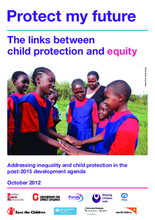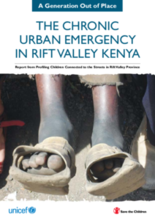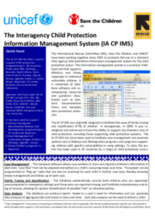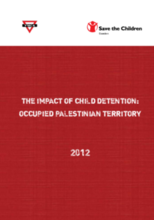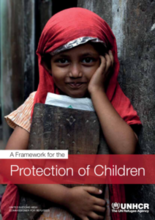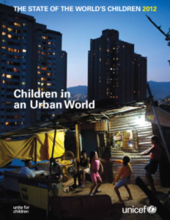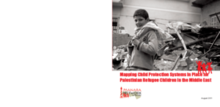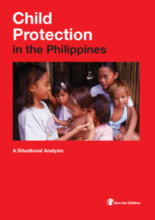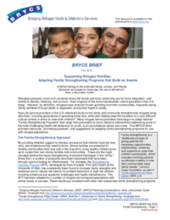Displaying 401 - 410 of 516
The lack of care and protection facing children is a global crisis with billions of children experiencing abuse, neglect or exploitation, and many millions growing up outside of families, on the streets or in harmful institutional care. This lack of adequate care and protection is commonly the result of inequalities. Children without adequate care and protection are stigmatized and have inequitable access to basic services which, severely diminishes life chances and creates a spiral of disadvantage. In order to break this spiral, the authors of this report recommend a three-pronged strategy.
Research was conducted in five Rift Valley towns in Kenya in 2011 to understand the link between emergencies and the perceived increase of children joining the streets. Findings show that emergencies such as Post Election Violence and drought have caused children to join the streets. By far the biggest reason for children joining the streets was food insecurity. The authors advocate for an urgent, large-scale response to place children currently connected to the streets in durable situations in tandem with a multi-sectorial development approach to tackle and address the root of the crisis.
Promotes and provides inter-agency information management tools for a coordinated approach to child protection particularly in regards to separated children, children associated with armed groups and forces and other especially vulnerable children.
This report aims at giving an insight into the treatment of children in armed conflict, with a primary focus on children in detention.
The Framework for the Protection of Children broadens UNHCR’s understanding of and engagement in protection of children. It articulates six goals that encapsulate UNHCR’s commitment to protect and realize the rights of children of concern to the Office, and offers practical guidance on how to achieve them.
This report provides data on children living in urban settings, including statistics, conditions, and personal testimonies. The report also includes UNICEF’s recommendations for policy regarding children in urban settings, working with this population, and for future action. Sections that are relevant to children’s care include: children living and working on the streets, migrant children, urban emergencies, and many more.
This study involved a systematic review of individual, family, community and social risk and protective factors for the mental health of children and adolescents who were forcibly displaced to high-income countries.
This report aims at describing and analysing existing protection mechanisms available for Palestinian refugee children with a focus on Lebanon and the occupied Palestinian territory (oPt).
This situational analysis was commissioned by the Child Protection Initiative as a preliminary exercise to develop evidence-based recommendations to guide Save the Children in the Philippines to develop interventions. Priority areas are children in residential care, children in armed conflict and disasters, children in situations of migration (including for trafficking purposes), and children in exploitative and hazardous work conditions.
Briefing note on supporting refugee families through asset-based family strengthening programs.

